:quality(85)/cloudfront-us-east-1.images.arcpublishing.com/infobae/NXSY4QRMHNBA3GIXSZPGOJICKU.jpg 420w)
Sonia Solórzano Romo was 19 years old that April 22, 1992 and was on her way to work. He took the truck, which barely advanced a few meters when he was in the middle of a terrible explosion that caused him to rise a few meters and then fall sideways. The passengers of the transport still could not understand what had happened when seconds later another outburst broke out and the horror began.
Lying on the floor, Sonia felt she was in the middle of a bombardment and, although she was not so, she was one of the victims of the event that marked the history of Guadalajara for always: a gasoline spill from the Salamanca-Guadalajara pipeline in the Álamo Industrial neighborhood caused 13 kilometers of Guadalajara's Reforma Sector to explode leaving 212 people dead, 69 people missing and more than 1,800 injured.
Thirty years after that fateful day, he continues to suffer health consequences from that terrible event and he told Infobae Mexico his testimony.
According to this year's report by the Jalisco State Human Rights Commission (CEDHJ), there is a count of 1,142 homes affected, 450 shops, 100 schools, 600 vehicles and eight kilometers of damaged streets. The colonies that suffered the most damage were the Alamos, Atlas, Olimpica and Analco.
“The event went beyond the response of the Mexican State. People rescued their own families, neighbors and friends from the rubble. The next step was the demand for justice,” said the CEDHJ.
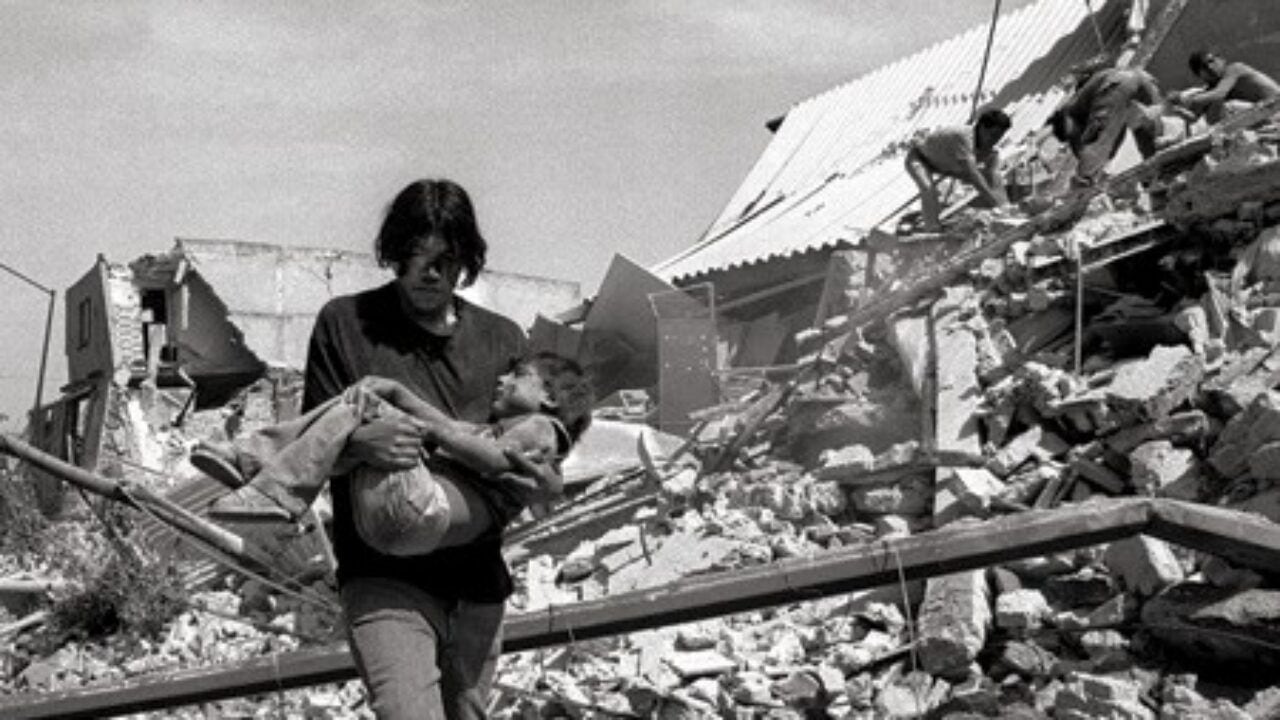
“I was in the back, I was standing and when everything is over I regain consciousness, I'm lying in the back of the driver's seat, so I went all over the truck. Lying on the floor what I remember is that behind the windows you looked as if they had bombed, but no one told you anything. I just remember that I felt my back itchy and I was hearing 'if she is alive, she is moving, does something hurt, can you stop? '”, he recalled about those seconds of confusion that would forever change his life.
He reacted that they were talking to her, at that moment she didn't feel anything and tried to get up but at that moment she felt as if she was stuck to the floor of the truck: her right leg was supported only by her skin and she was completely turned over, her left arm was completely fractured, that's when she started to feel pain and she didn't feel could move.
The CEDHJ stated that in the previous days, residents of the Reforma sector had reported to the authorities that there was a strong smell of gasoline from the sewers and that smoke was observed in some places, but the signs were ignored by the public authorities. Guadalajara's hospitals became saturated and many civilians joined as volunteers to rescue those who were trapped, such as Sonia Solórzano.
“No one dared to get on the truck to rescue us. There was a rescuer who dared to get on and he was the one who helped us rescue those who were left alive from that truck, we were 56 people counting the driver and they just let 11 people down alive,” Solórzano said.
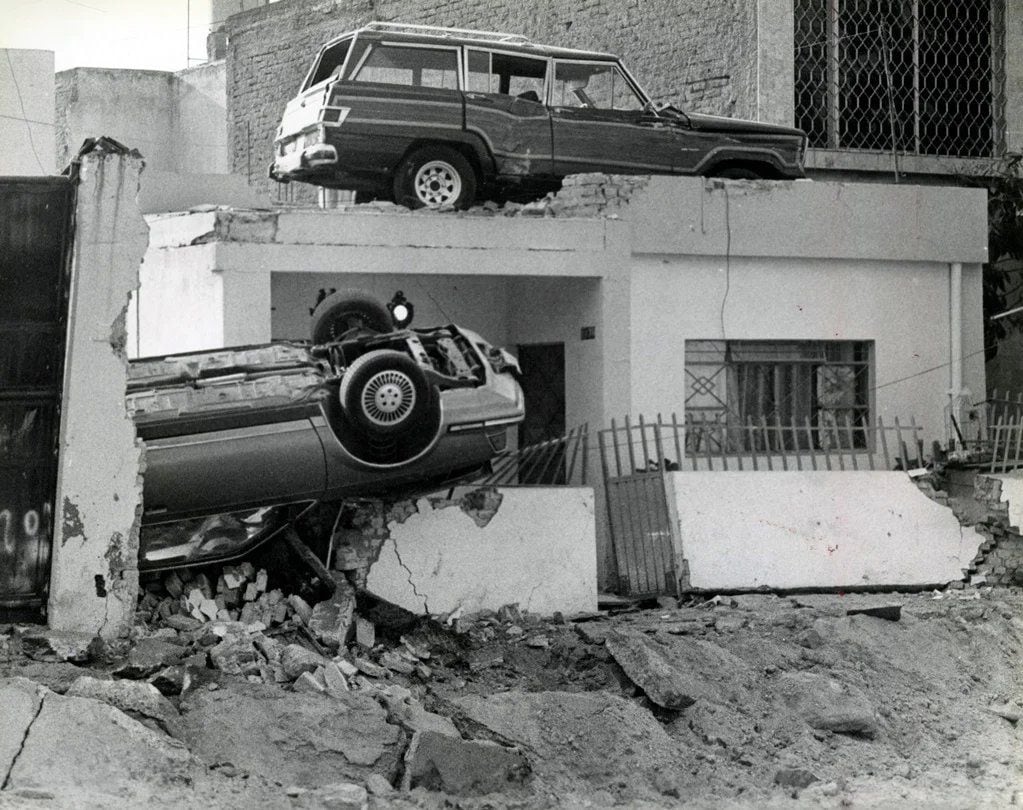
She was then transferred to Cruz Verde to assess her situation, where she was told that she had to be operated on so she had to wait to be transferred to another hospital. “A man arrives and at that moment he says 'forgive me, excuse me but it's the only way I can take you. ' I didn't understand why the man was apologizing but when they took me out of the Green Cross, my way of moving from that green cross to the hospital that was going to be operated on was through a funeral carriage; that's why the man asked me for forgiveness,” he said.
When she was transferred to Clinic 14 of the Mexican Social Security Institute where she was assured that she would be operated on, only her leg was cast and at three or four in the morning the next day she was told that she could not operate because she was not entitled and had to seek medical attention elsewhere; so her family had to take her out of the IMSS clinic at 7 am on April 23.
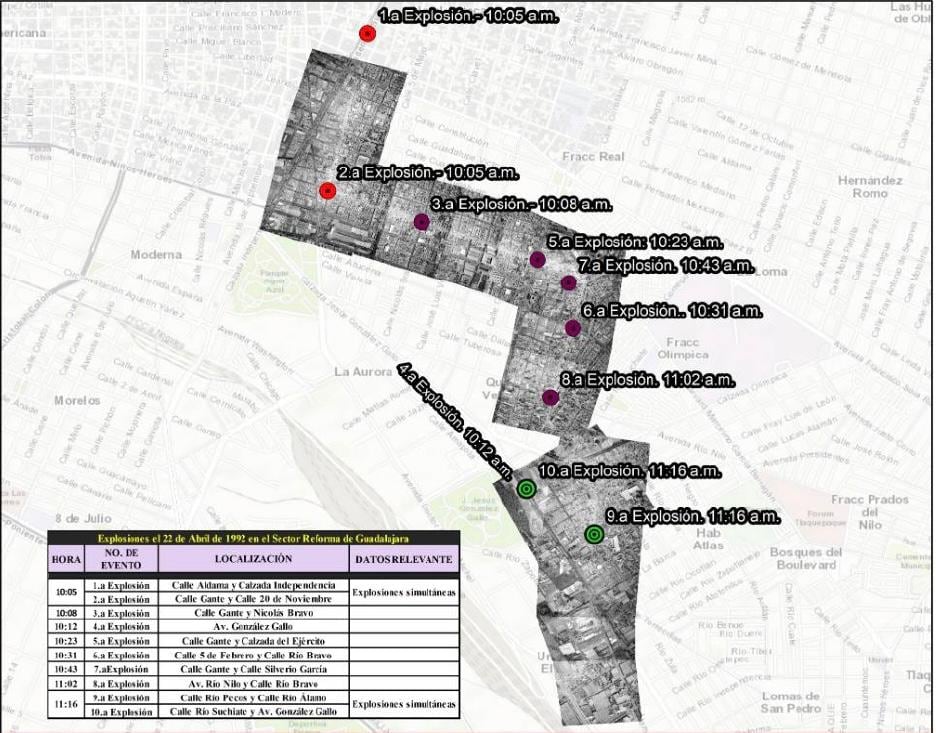
Then-Governor Guillermo Cosío Vidaurri said that the firefighters did everything in their power to prevent the tragedy, however, according to testimonies, 15 minutes before the first explosion the neighbors raised the alarm that something was wrong and the Guadalajara Fire Department said that there was nothing to worry. That same night then-President Carlos Salinas de Gortari arrived in Jalisco to tour the entire area.
Sonia explained to Infobae Mexico that over the years the issue of health has been the most complicated because “the aftermath is taking place every day”. He said: “My diagnoses have been different: to stay with plant life only by moving my eyes and talking. The next diagnosis was three surgeries where I entered the operating room with the risk of amputation of my right leg, I still have my leg. After that it was to stay for life in a wheelchair, I could walk. Then they told me that I would wear braces from hip to ankle for life, today I occasionally rely on a knee brace or a cane.”
Another strong diagnosis she was given is that she would never be able to have a family, however, today she has been married for 23 years and has two children: a 16-year-old girl and a 22-year-old boy.
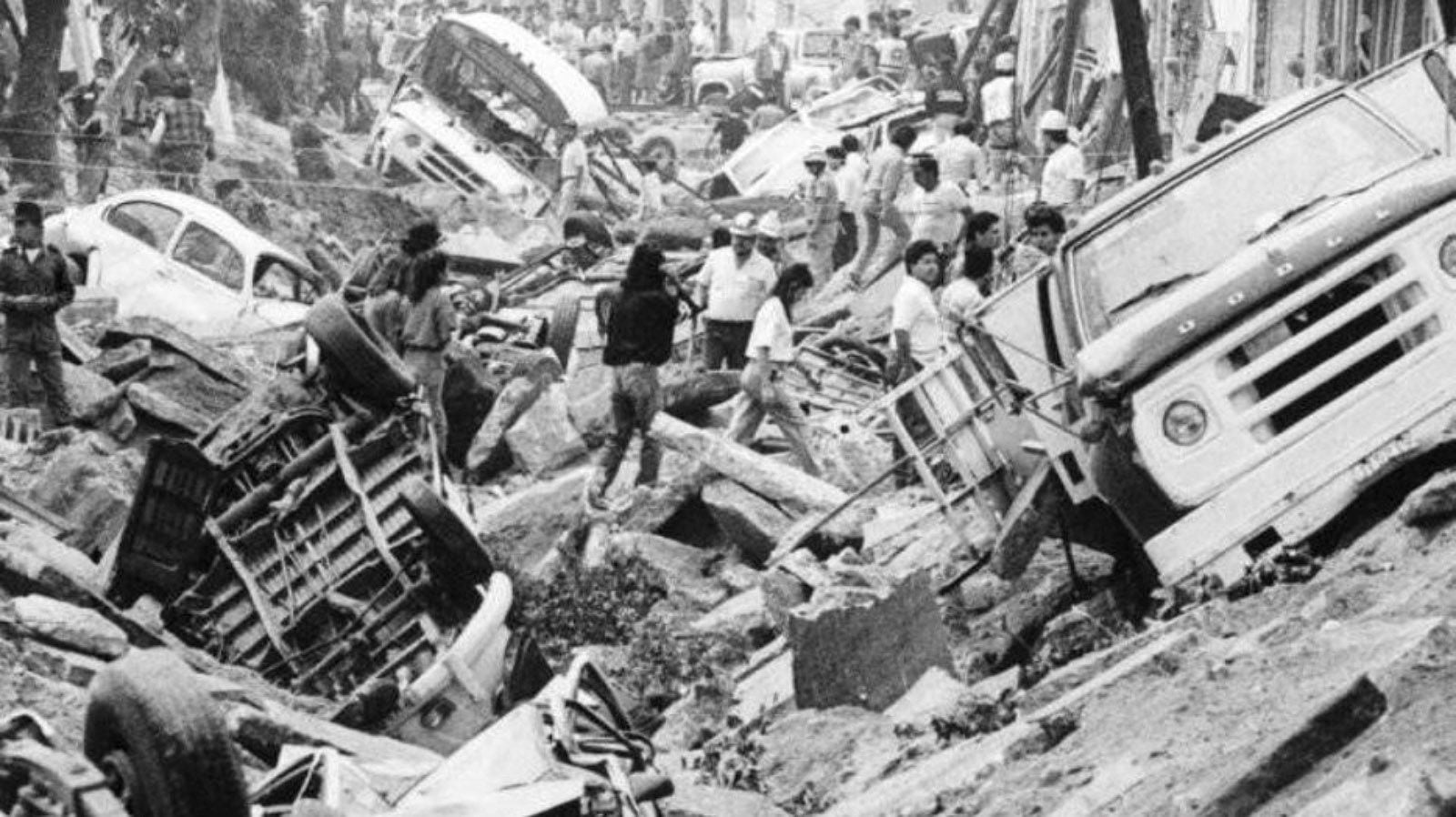
He also stated that 30 years after what happened he could thank God for being here despite so many negative diagnoses. “I want to have more life, a few days ago they just told me that I am possibly in the final stretch, my body is already getting paid, my spine is already badly damaged, I am starting to lose mobility in my legs and arms but I am still alive, I am still here and I think that the best thing I have is life, I have my family and if I have already overcome so many diagnoses I don't think I can't beat this diagnosis too,” he said.
For 18 years he was able to continue working after what happened, first with a wheelchair and then with devices, but now he cannot work because of the severe damage that this accident left him. She is currently dedicated to doing crafts at home and is focused on her family, as well as being the representative of the United Group of Persons with Disabilities, mainly for the victims of April 22.
She explained with a broken voice that five years ago she was able to meet the people who rescued her from the truck and was able to thank her for saving her life. “Today at 30 years old, in the morning I had the opportunity to see him and see him again on this day is to remember that I am still here for a reason and that I have a long way to live.”
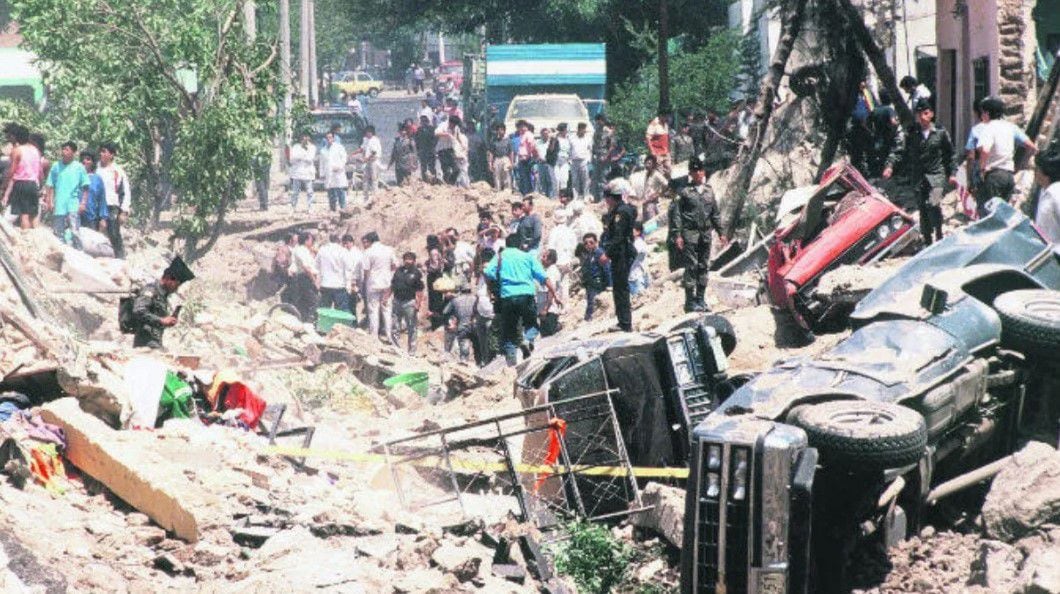
Sonia Solórzano ended by saying: “They left us with a permanent disability in my case chronic degenerative, it means that there is no cure for us. As people, as humans there is no better alliance than at least a pat and saying 'we are with you, we understand you' that you know that we are victims and that we seek justice.”
KEEP READING:
